|
Yahoo-there are some flowers out in the meadow! Even if they are the European exotic weed Cerastium pumilum, it still is nice to see. It is a late winter/early spring annual, with tiny flowers that will bloom for about a month. Although it is sprinkled along the trails and meadow at Leaning Oaks, it likely doesn't impact any of the native vegetation.
0 Comments
It is hard to imagine what the landscape was like more than 400 years ago before the earthworm was introduced to North America. The first English colony of Jamestown, Virginia is assumed to be where Lumbricus terrestris and L. rubellus first crawled. When the ships were coming to load up with tobacco from the new world, they would unload the cargo load of dirt and rocks that were in as ballast and these loads undoubtedly had both common species of worms. The change that the earthworms have wrought to the land is huge; where there was litter that provides food for the plants and hold in moisture, the worms would eat it all. The only native Canadian earthworms are found in glacial refugia such as the Brook's Peninsula and Haida Gwaii, or as our friend Joanne Lawrence discovered, the top of some of the mountains on Vancouver Island - her discovery was named Bimastos lawrenceae.
Here is a link to a key to the earthworms of Canada: https://www.naturewatch.ca/english/wormwatch/ 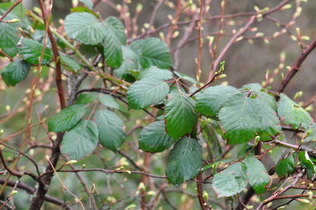 This weed was introduced from India via England into North America in 1855 and was first found in BC in the early 1970's. It is hard to believe that it hasn't been that long given the dense, ecology altering thickets that it can form. The tough poky vines make it difficult to control. It spreads by root and stem fragments as well as birds and omnivorous mammals. Most of the issues that we have with this species (Rubus armeniacus) is around the garden. The berries are yummy but not worth it for the stranglehold that it puts on the native vegetation, garden plants and our ankles. 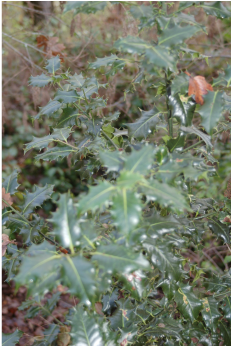 As we write these accounts, it occurs to me there is a growing list of species that we have on the property that we don't want and actively remove. This is another of that ilk, the introduced English Holly, Ilex aquifolia. We don't have many individual plants of English Holly, and when we find them we usually cut them down. Their root systems are quite substantial, so digging is labour intensive and disturbs a lot of ground. Cut stumps often resprout, but repeated cutting will eventually kill the plant. This is a species that is likely spread by birds. In nearby Seattle there is growing concern about the spread of holly and its increasing tendency to grow in the understory of shaded forests. It is so successful that it now outnumbers native conifer seedlings in parts of Seattle and will soon be a dominant tree species in wooded areas. 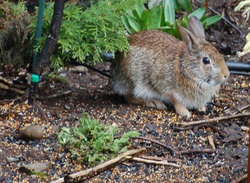 Eastern Cottontails (Sylvilagus floridanus) were introduced to Sooke in 1964 and since then they have spread through much of the southern and eastern part of Vancouver Island. Here their numbers fluctuate widely and quickly. We've had to use wire rabbit-proof mesh on the vegetable garden (the only part of the garden we have fenced against rabbits and deer) in order to ensure we have some greens for ourselves. They do provide food for both Great Horned and Barred Owls and more than one dinner party here has had an owl-rabbit chase as the half time show. From time to time we find a rabbit stomach in the woods or on the lawn, and we don't know what predator has that modus operandi, if you do, leave a comment below.  Yellow Archdevil would be a better name. This species is a aggressive weed at Leaning Oaks having escaped from the garden a number of years ago, and despite a steady effort to control it still manages to persist. Lamium galeobdolon is a herbaceous vine that has the ability to root from small pieces dropped from the weed pile or nodes on stems and grow from seed. There is no doubt that the form most often seen has an attractive variegated leaf, but its ability to spread into the wild makes it a decidedly undesirable plant. In shady areas is able to out compete many native plants, and can form thick mats that cover large areas. This is a species that is often spread by people dumping garden waste at the side of a road or the edge of a park. For more information about invasive species in B.C. visit: http://www.bcinvasives.ca/invasive-species/invasive-species  Luckily we have very little Daphne on the property...but every once in a while a few plants pop up. These are quickly pulled! Not only can this plant by invasive and can out compete the native vegetation in undisturbed areas, but it is also toxic. According to the Invasive Species Council of BC (see link below), "the toxins are in the bark, sap and the berries, and if contacted, the sap is known to cause skin rashes, nausea, swelling of the tongue and coma". Nice. Perhaps I will wear gloves the next time that I pull any up! http://www.bcinvasives.ca/general/weed-of-the-week-daphnespurge-laurel As much as we'd love to say that we have a pristine piece of land without aliens...of course it is not true. The Eastern Grey Squirrel (Sciurus carolinensis) was introduced to Vancouver Island in 1966 via a zoo in Metchosin. From that time they have expanded throughout southern Vancouver Island and north past Nanaimo along the east coast. They love the Garry Oak acorns , the spilled bird feed and suet and teasing the dogs. We have done some modest attempts at control and at one point were rewarded with a native Red Squirrel (Tamiasciurus hudsonicus), however we were unable to sustain the control. There is more on this invasive from the Garry Oak Ecosystem Recovery Team: http://www.goert.ca/documents/InvFS_sciucaro.pdf
|
AuthorsTwo biologists on a beautiful property armed with cameras, smart phones and a marginal knowledge of websites took up the challenge of documenting one species a day on that property. Join along! Posts and photographs by Leah Ramsay and David Fraser (unless otherwise stated); started January 1, 2014. Categories
All
Archives
January 2025
|
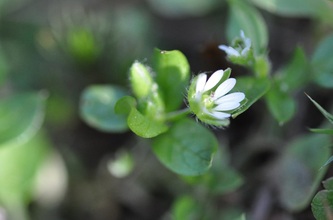
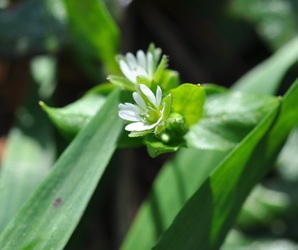
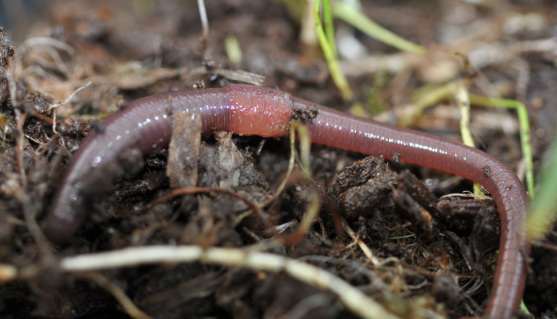
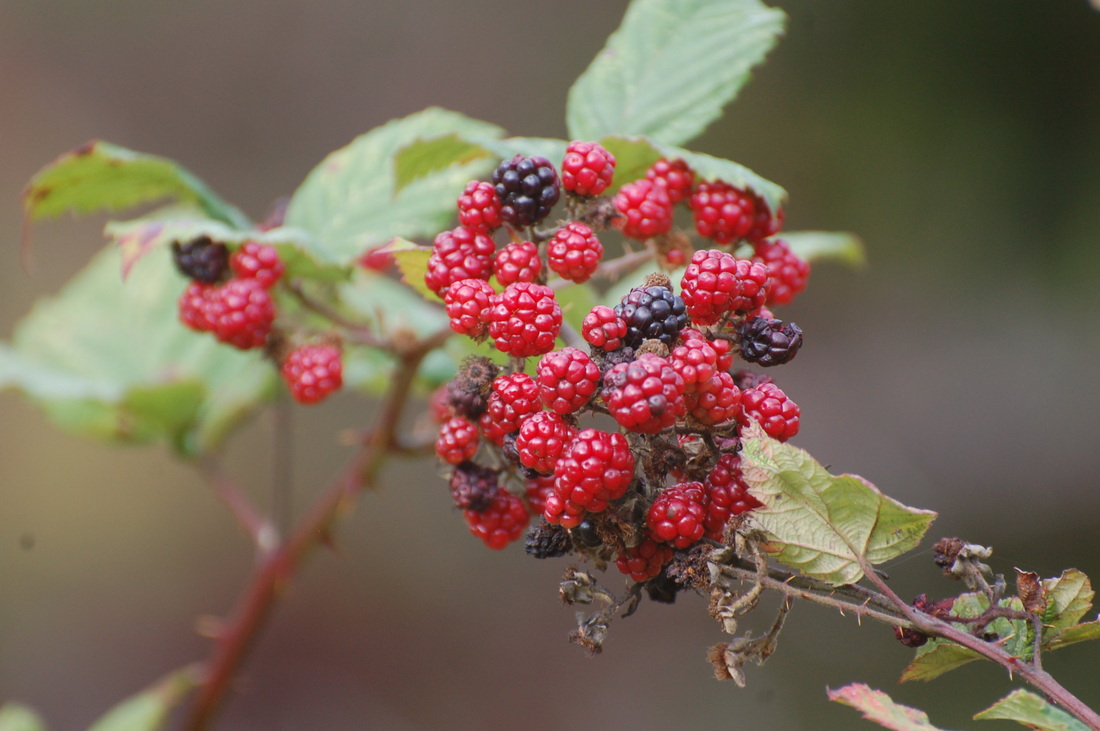
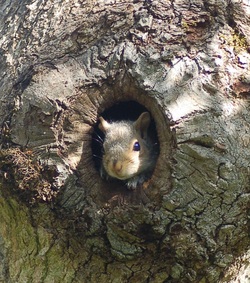
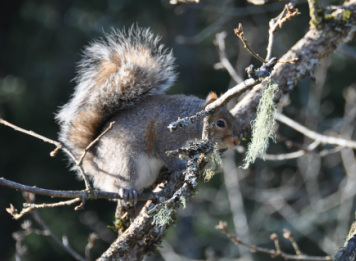
 RSS Feed
RSS Feed